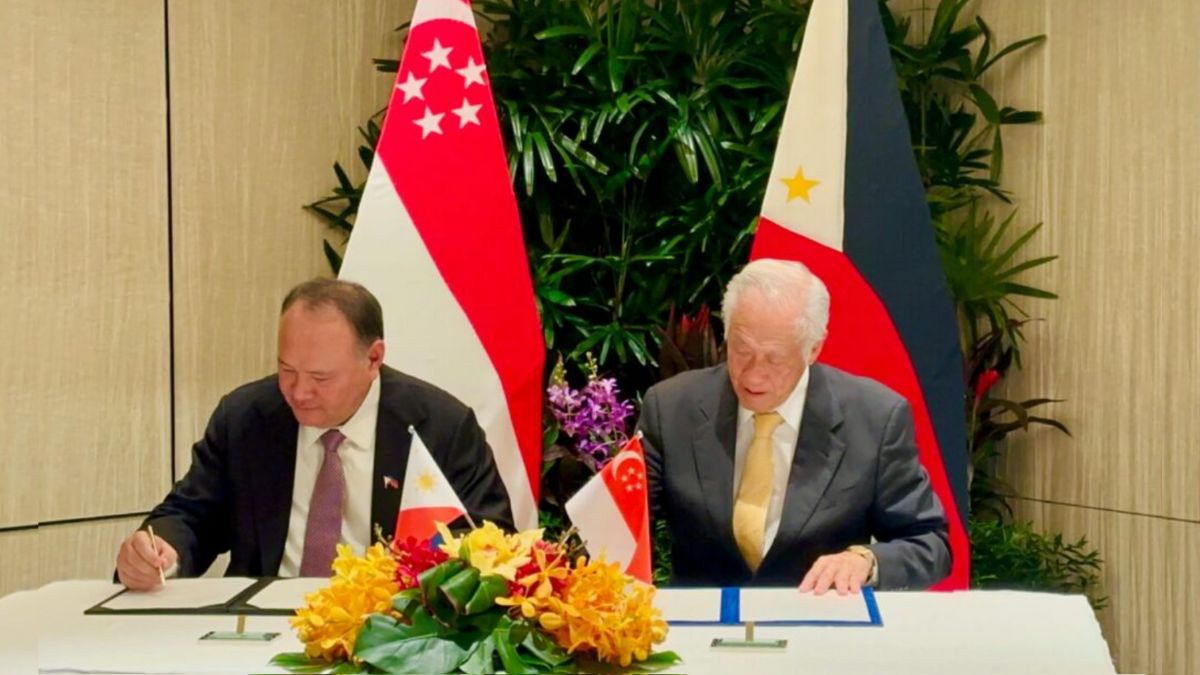The Philippines and Singapore have signed a new defence cooperation agreement on Wednesday (July 24), aimed at enhancing military collaboration between the two nations.
Philippine Secretary of National Defence Gilberto C. Teodoro, Jr and Singapore’s Minister for Defence Dr. Ng Eng Hen formalised the pact at the Shangri-La Hotel in Singapore. This agreement comes at a pivotal time as both countries seek to strengthen regional security amid rising tensions in the South China Sea.
This Memorandum of Understanding (MoU) comes at a crucial time, especially in light of tensions with China. Here are five key takeaways from this defence pact:
1. Context of China Tensions
The signing of the MoU comes against the backdrop of escalating territorial hostilities between China and the Philippines, particularly in the South China Sea. The Filipino government has been actively seeking new security alliances to counterbalance China’s assertive actions in disputed maritime areas.
This agreement with Singapore is part of a broader strategy to strengthen defence ties with regional partners to ensure a united front in maintaining territorial sovereignty and stability.
2. 55th Anniversary of Diplomatic Relations
This year marks the 55th anniversary of the establishment of diplomatic relations between the Philippines and Singapore. The signing of the MoU builds on the existing Arrangement Concerning the Conduct of Education, Training Assistance and Support Activities on Humanitarian Assistance and Disaster Relief (HADR) signed in 2023 on the sidelines of the 20th IISS Shangri-La Dialogue, according to the Embassy of the Philippines in Singapore.
Impact Shorts
More Shorts3. Focus on joint exercises
A key component of the MoU is the enhancement of joint military exercises between the Philippines and Singapore, according to AP. These exercises are designed to improve interoperability and readiness, ensuring that both militaries can effectively collaborate in various scenarios, from conventional defence operations to complex humanitarian missions.
4. Preparedness for common challenges
The agreement aims to bolster the preparedness of both countries to address common security challenges, such as terrorism and maritime security threats.
By fostering closer cooperation and information sharing, the Philippines and Singapore can better respond to regional security threats.
5. Focus on Humanitarian Assistance and Disaster Response (HADR)
The new MoU places a strong emphasis on disaster response and humanitarian assistance. Both nations recognise the critical role of their armed forces in providing rapid and effective responses to natural disasters and humanitarian crises.
With inputs from agencies
)